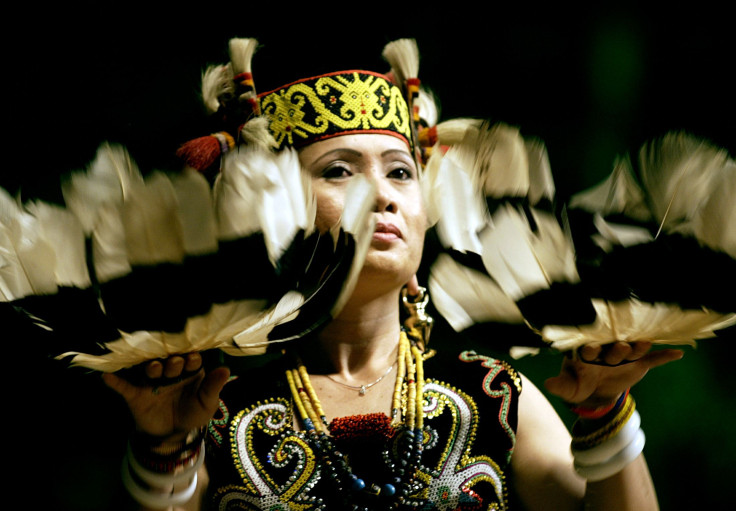Southeast Asia's 'Deep Skull' resembles ancestors of Indigenous Borneans and not Australians

New research on an ancient “Deep Skull” discovered in Southeast Asia has revealed the remains had no links to Indigenous Australians as initially thought. The ancient human skull that was discovered almost six decades ago and new analysis may rewrite the prehistory of Southeast Asia. The 37,000-year-old remains of the “Deep Skull” was the oldest modern human discovered in island Southeast Asia.
Moreover, the study, published in journal Frontiers in Ecology and Evolution, also point out the fact that the “Deep Skull” was that of an older woman and not a teenage boy, as researchers previously believed. Led by UNSW Australia Associate Professor Darren Curnoe, this study is the most detailed investigation of the ancient cranium specimen since it was found in Niah Cave in Sarawak in 1958 by Tom Harrisson of the Sarawak Museum.
When discovered, the skull was first analysed by well-known British anthropologist Don Brothwell.
“Brothwell's ideas have been highly influential and stood largely untested, so we wanted to see whether they might be correct after almost six decades. Our study challenges many of these old ideas. It shows the Deep Skull is from a middle-aged female rather than a teenage boy, and has few similarities to Indigenous Australians. Instead, it more closely resembles people today from more northerly parts of South-East Asia,” Curnoe said in a statement.
The analysis has overturned long-held views about the early history of this region. The researchers found out that the ancient remains “most closely resemble some of the Indigenous people of Borneo today.” The small body size and delicately built features do not resemble Indigenous people from Australia.
The “Deep Skull” has also been a key fossil in the development of the “two-layer” hypothesis that states Southeast Asia was initially inhabited by people who were closely related to New Guineans and Indigenous Australians, who were then replaced by farmers from southern China a few thousand years ago.
Curnoe’s study opposes this view stating that the earliest people to inhabit the island in Borneo at least were very much like Indigenous people living there today. The study also suggests that some of the Indigenous people of Borneo may not have been replaced by migrating farmers. Instead they adopted the new farming culture around 3,000 years ago.





















